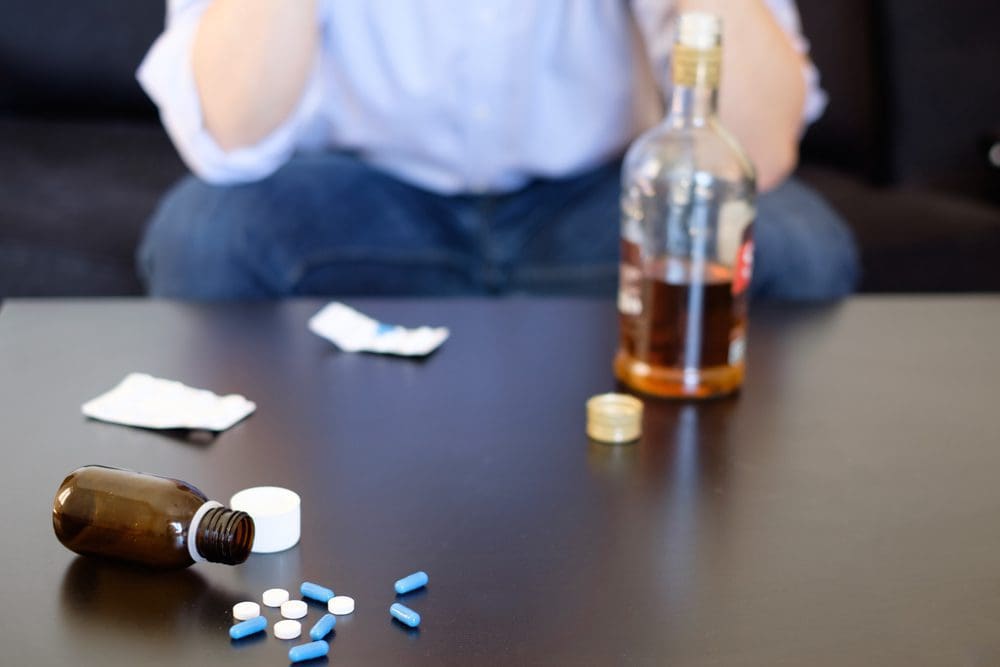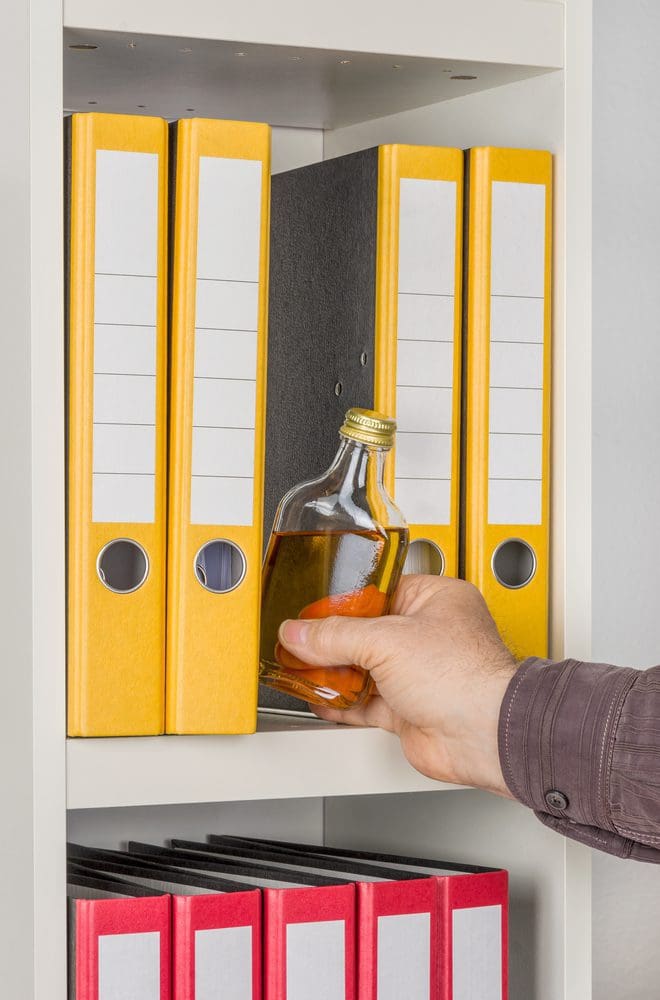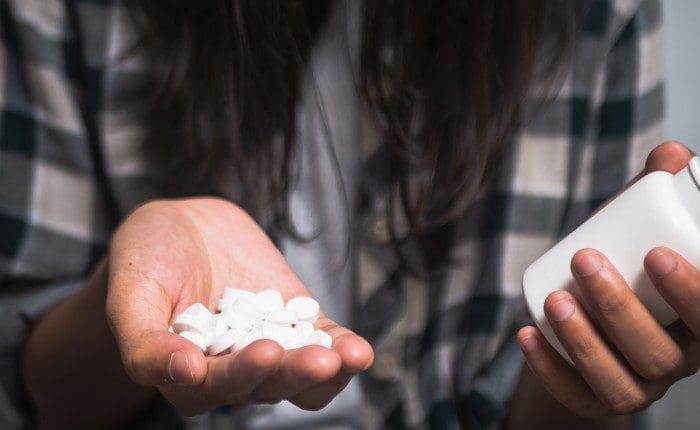Both Xanax and alcohol have their places in the lives of people all around the world. Xanax is a prescription medication in the benzodiazepine family that can help treat anxiety and panic disorders, making life a lot more manageable for over five percent of the adult population in the United States who take these drugs. Similarly, alcohol is a legal substance that is often found at celebratory events, and it’s common on many dinner tables.
Although both can be healthy and safe on their own, mixing Xanax and alcohol can have disastrous consequences, as can mixing many prescription and illegal drugs with alcohol.
Unfortunately, it’s quite common for people to mix alcohol with other drugs, including Xanax. If you or someone you know is mixing Xanax and alcohol, or if you suspect that they’re mixing other drugs as well, here’s what you need to know.
Contents
What to Know About Mixing Addictive Substances

Polysubstance abuse involves the use of two or more substances, which would include the mixing of Xanax and alcohol. However, many other substances can be mixed as well, and most combinations can have disastrous consequences to your health.
Some drugs that people commonly mix with alcohol include nicotine, marijuana, and harder drugs, like cocaine and heroin. Common prescription medications can also be abused when used with alcohol. Opioids are often used in conjunction with alcohol, as well as benzodiazepines, like Xanax.
Mixing addictive substances, especially substances like Xanax and alcohol, may not seem like a big deal because alcohol is legal, and Xanax is commonly prescribed by a psychiatrist or doctor. However, both of these substances are only safe in certain circumstances and quantities. And mixing these two drugs can have both short-term and long-term effects.
Side Effects of Mixing Addictive Substances
Every drug, whether legal or illegal, comes with its own set of side effects. For example, marijuana can make it difficult to concentrate, while the effects of Xanax can include a loss of coordination for some patients. Less serious side effects of drinking alcohol might include impaired coordination, while more serious side effects might include seizures and loss of consciousness.
When drugs are taken together, their individual effects are enhanced. They can also create new symptoms that otherwise wouldn’t be present taking just one drug at a time.
Taking Xanax and alcohol together can include short-term side effects like:
- Sedative effects that might include loss of muscle control, coordination, and slurred speech.
- Mood and behavioral effects that might include rage and aggression.
- Memory impairments, which might include blackouts.
- Physical side effects like headaches, low blood pressure, and blurred vision.
Taking Xanax and alcohol together increases the risk for more serious, long-term side effects, with the most prominent being alcohol or Xanax addiction. Taking both can increase your risk of heart disease, stroke, and liver damage, as well as your chances of developing mental health disorders, like depression.
Overdose is also a possibility, especially if drugs are taken together. When taking more than one drug at a time, your body may not be able to handle a normal or full dose, which can result in an overdose that could be life threatening if not treated promptly.
Signs That Someone You Love Is Mixing Xanax and Alcohol

Identifying the signs that someone is mixing Xanax and alcohol, or any other substance and alcohol, can be difficult. That’s because some of the side effects are normal and expected. For example, just because someone is taking Xanax and they’re experiencing a mild case of impaired coordination doesn’t inherently mean they have a problem.
Looking for the signs of alcohol dependence is often the easiest way to determine if there’s a problem, especially if you know that a loved one takes a prescribed medication, like Xanax.
Common signs of alcohol abuse include:
- Choosing drinking over other responsibilities
- Drinking alone or in secrecy
- Feeling hungover, even if they haven’t been drinking
- Change in appearance, such as changes in skin texture
If your loved one is abusing alcohol, they should enter an addiction treatment center, regardless of whether or not they take prescription medications. Alcoholism can lead to dangerous and life-threatening withdrawal symptoms, which is why it’s important to enroll in a medical alcohol detox program.
Any amount of drinking can be unsafe with a drug like Xanax. Identifying a problem is best done by assessing their behavior. Although mood and behavior can change when drinking alcohol or taking Xanax, the change will be even more noticeable if they’re done together. Your loved one may have a problem if they are uncharacteristically depressed, confused, or hostile. Although rare, suicidal thoughts and behaviors can also be a sign of polysubstance abuse.
How to Get Help
If you or someone you love is mixing Xanax and alcohol, it’s important to get help before the disease of addiction progresses. At our treatment center, we offer a dual diagnosis program that will help you deal with both your Xanax and alcohol addictions. We provide treatment in the comfort of an inpatient or partial hospitalization setting that allows you to focus on your recovery without the stresses and expectations of everyday life.
If you’re interested in learning more about the programs at Baton Rouge Behavioral Hospital, or you aren’t sure where to turn for help dealing with the effects of alcohol, mental health challenges, or prescription drugs, we’re here to help. Fill out our online form, or call us any time at Call Baton Rouge Behavioral Hospital: (225) 567-8698, and we’ll help you decide on the next steps in your recovery process.

















